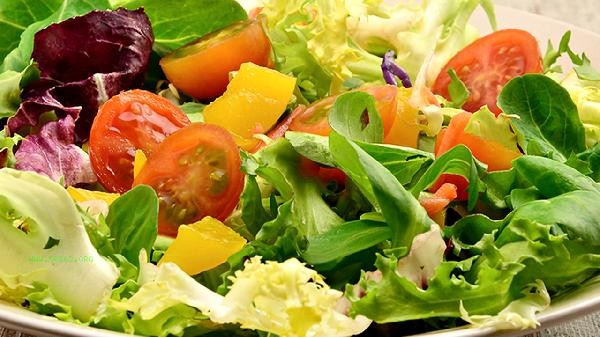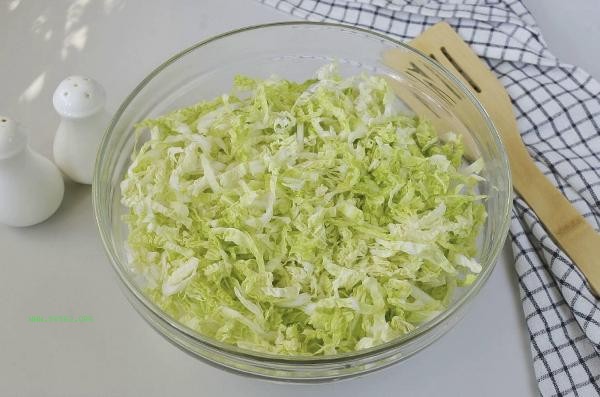The lack of thickening in salad dressing may be related to insufficient oil addition, emulsification failure, improper mixing method, low raw material temperature, or imbalanced ingredient ratios.

1. Insufficient oil addition
Making salad dressing requires a sufficient amount of oil as the base emulsifying medium. If the amount of olive oil or other vegetable oil added is too small, a stable emulsifying system cannot be formed. It is recommended to slowly add the oil in portions, stirring thoroughly with each spoonful until fully absorbed before continuing.
2. Emulsification Failure
phospholipids in egg yolks are natural emulsifiers, and insufficient freshness of whole eggs or egg yolks can weaken the emulsification effect. You can try replacing fresh egg yolks or replacing some egg yolks with auxiliary emulsifying materials such as mustard sauce to enhance stability.
3. Improper mixing method
It is difficult to form a uniform lotion if the manual mixing speed is too slow or the power of the electric mixer is insufficient. It is recommended to use an egg beater to stir vertically and maintain a constant medium speed to ensure that all ingredients are fully in contact and form a fine texture.

4. Low raw material temperature
Refrigerating eggs or fats can inhibit molecular activity and affect emulsification efficiency. All raw materials should be restored to room temperature in advance, but high temperatures should be avoided from causing egg yolks to solidify. The container can be placed in a warm water bath to assist in stirring by heating the partition water.
5. Imbalance of ingredient ratios
Excessive acidic substances can damage the emulsion structure. It is recommended that the amount of vinegar or lemon juice added should not exceed one tenth of the total oil content. Sugar and salt seasonings should also be accurately weighed according to the basic formula to avoid interfering with the cooking and chemical properties of the sauce. When making salad dressing, a deep mouthed container can be used to prevent splashing, and the stirring process should be directed in the same direction. If multiple attempts still fail to thicken, a small amount of corn starch or mustard powder can be added to adjust the texture. The finished sauce should be sealed and refrigerated for storage, and used within 24 hours to ensure the best taste and food safety. Long term storage may result in oil-water separation, which can be restored by stirring again.









Comments (0)
Leave a Comment
No comments yet
Be the first to share your thoughts!